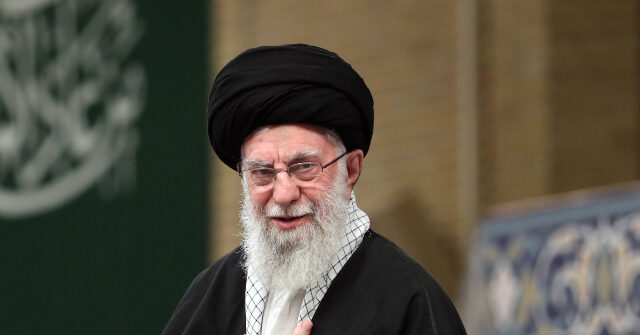On Wednesday, Iran’s Supreme Leader Ayatollah Ali Khamenei delivered a defiant speech asserting that the recent overthrow of Syrian President Bashar Assad, a long-time ally of Tehran, ultimately strengthens Iran’s “Axis of Resistance.” Despite Iran’s substantial investment in military support and resources to maintain Assad’s regime throughout a protracted civil war, Khamenei argued that his fall to jihadist forces did not signify a defeat for Iran or its influence in the region. In his rhetoric, he framed the resistance against adversaries as a form of faith, highlighting that increased pressure only revitalizes the commitment to resistance. In this way, Khamenei is presenting a narrative that seeks to maintain the morale of his allies and supporters, ensuring them that the essence of their struggle lies in belief rather than in temporal power.
Khamenei vehemently dismissed the notion that Assad’s collapse indicates a weakening of Iranian power or its network of regional alliances. He chastised what he termed as “ignorant analysts” for underestimating Iran’s resilience. Stating emphatically, he claimed that Iran would only grow stronger in response to challenges. Central to his speech was a conspiracy theory where he framed the United States and Israel as masterminds behind Assad’s ousting, maintaining that these external forces had conspired to block Iranian efforts to rescue the Syrian regime during its critical moments. Khamenei’s assertion placed accountability for the geopolitical outcome on foreign powers, thereby absolving Iran’s influence, despite its previous commitments to the Assad regime.
Moreover, Khamenei’s discourse reflected a sense of victimization, as he portrayed Iran as a prepared force thwarted by the alleged aerial and land access closures enacted by U.S. and Israeli actions. This narrative served to shift the blame for Iran’s non-involvement during the rapid rebel advance onto external influences. Furthermore, he pointed to the Syrian military’s weaknesses as a contributory factor, suggesting that the swift collapse of Syrian defenses allowed foreign forces to dictate the battle’s outcome against Iranian interests. In a curious pivot, he also hinted at a possible strategic recalibration, suggesting that Iran might reallocate its military support towards Hezbollah to counter Israeli actions more effectively, a shift he claimed would yield greater courage than that displayed by the fleeing Syrian forces.
Khamenei acknowledged the toll of Israeli aggression on Hezbollah, describing the outcomes as a “calamity,” but paradoxically added that these losses had only intensified the group’s resolve and capabilities. He wrote off the idea that Hezbollah had been irreparably weakened, instead contending that the formidable opposition to Israeli forces would continue to grow, implying a miscalculation from their adversaries regarding Hezbollah’s resilience. This reflection on Hezbollah’s determination served to reframe the narrative around Iranian-supported groups in the region, portraying them not as vulnerable but as evolving under duress.
Despite acknowledging the fractious landscape of Syrian factions, Khamenei remained optimistic about Iran’s role within the country’s future. He maintained that the continuing struggle among differing groups would ultimately be settled in favor of young Syrians aspiring to liberate their territory from foreign domination and restore Iranian influence. In this view, the chaos inherent in Syria would eventually give way to a nationalistic resurgence capable of reversing foreign interventions—another reflection of Khamenei’s broader vision for hegemony in the region, one where Iranian ideology and authority could reemerge even after substantial setbacks.
Khamenei’s remarks encapsulate a broader strategy of resilience and adaptation in the face of geopolitical setbacks. By depicting the fall of Assad as a regenerative process for the “Axis of Resistance,” he aims to reinforce the Iranian narrative of steadfastness against external pressures and adversaries. His rejection of defeat is emblematic of a leader who perceives the ongoing conflicts not merely as military engagements but as ideological battles integral to Iran’s national identity. Consequently, he employed rhetoric that promotes unwavering faith among supporters, framing the tumultuous geopolitical landscape as one where Iran’s foundational beliefs will ultimately lead to triumph, despite the current challenges facing its allies in the region.

